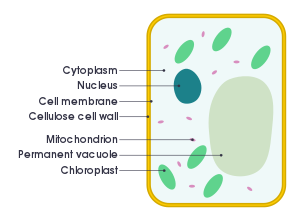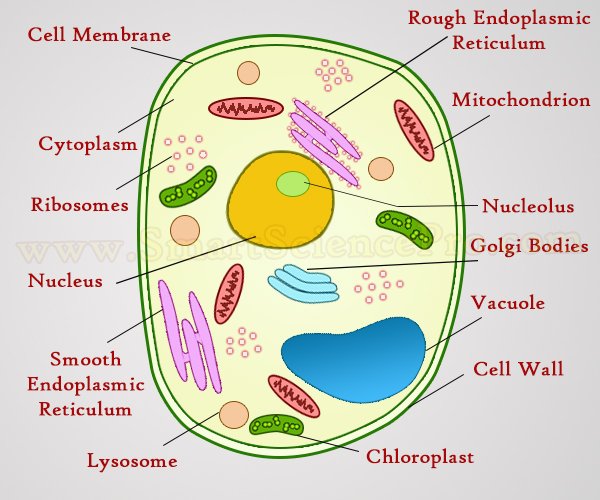1.1 Understand How Living Organisms Share The Following Characteristics:
I prefer to think of them as "MRS H GREN"
- M - Movement
- R - Respiration
- S - Sensitivity
- H - Homeostasis
- G - Growth
- R - Reproduction
- E - Excretion
- N - Nutrition
Movement:
- In all living cells structures in the cytoplasm move. In more complex organisms the whole structure may move.
- Animals may move their entire bodies, plants may move parts of their body in response to external stimuli such as light.
Respiration:
- This is a serious of reactions that take place in living cells to release energy from nutrients.
- This energy is used for chemical reactions that keep the body alive.
Sensitivity:
- Living organisms are able to detect and respond to changes in their external and internal conditions.
Homeostasis:
- This is the control of internal conditions to provide the best conditions inside cells for all the reactions needed for life to exist.
Growth:
- This is the permanent increase in size or dry mass (without water) of cells or the whole body of an organism.
- Your mass might change throughout the day as you eat and drink but your growth is the amount by which your body increases in size when you take nutrients into cells to increase their number and size.
- As organisms grow they may also change and develop.
Reproduction:
- Making and fertilisation of gametes to produce offspring.
Excretion:
- Living cells produce many products from the reactions that take place inside them.
- Some of these are waste products - materials that the body cannot use.
- e.g. Animals cannot use the carbon dioxide produced in respiration.
- Waste products may also be toxic so they must be removed from the body in excretion
Nutrition:
- The taking of nutrients such as organic substances and mineral ions into the body.
- Nutrients are the raw materials that cells need to release energy and to make more cells.
~
Helpful Quizlets:
https://quizlet.com/_3niq43



